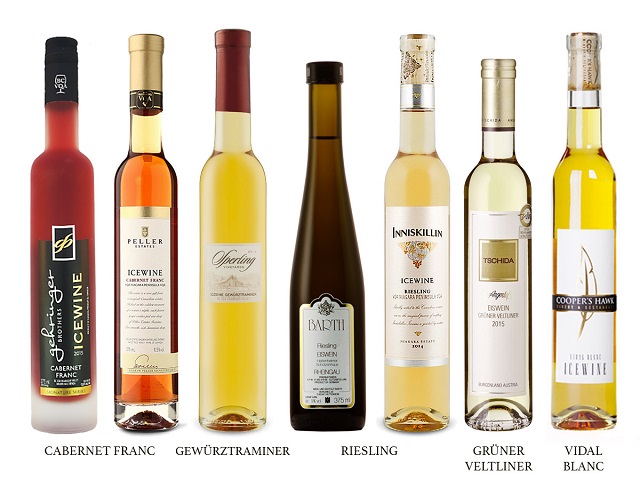Everything You Need to Know About Ice Wine: How to Choose Ice Wine
2022-08-02 09:13

How do you pick ice wine? What is a good ice wine? How long can ice wine be kept? Just keep reading, and then you can find answer!
How Ice Wine is Made
Making ice wine is a patient process. The grapes are left on the vine and harvested as early as November and as late as February. “When they freeze, the water inside the grape freezes, but the sugars do not,” says Gary Schueller, a wine buyer and founder of advisory practice Subterranean who holds a WSET (Level 3) Advanced Certificate. “So when the winemaker presses the grapes, the sugars are very concentrated,” Schueller explains—and the resulting juice is mighty sweet.
Canada, which is the largest producer of ice wine, even has laws that stipulate the temperature at which the grapes may be harvested and pressed. While the regulations state the temperatures must be as cold as –8 degrees Celsius (or 17.6 degrees Fahrenheit) many wine producers wait for the mercury to drop to –10 Celsius (14 degrees Fahrenheit) or even lower before harvesting and pressing grapes. Because the conditions need to be just right, there’s no promise of a successful harvest each year.
TYPE OF GRAPES
Both red and white grapes are used for ice wine. Riesling is a traditional favorite, given the wine’s German history. In Canada and the northeastern part of the U.S., vidal blanc has come into vogue as a variety that produces exceptional ice wines. Gewürztraminer, chenin blanc, and gruner veltliner also take well to this extreme winemaking. When it comes to red ice wine, cabernet franc is commonly used (especially in Canada), most likely because it’s one of the few red grapes cultivated in these cooler regions.
How to Choose Ice Wine
Try Canadian or German ice wine. Ice wine is manufactured across the globe, but Germany and Canada are the biggest producers of it. If you're looking for a traditional ice wine, select a wine from one of these two countries. Canadian and German wines primarily use Riesling grapes in their ice wines. Canadian wines do not age well and are best consumed when they are younger. German wines should be allowed to age a little longer.
Much of the price of ice wine is the result of the harvest risk involved and necessary amount of labor to produce it. Grapes intended for ice wine sit on the vine longer before harvest because they must be harvested only after a hard freeze, less than 20 degrees Fahrenheit (-8 degrees C). If the weather is too warm, the grapes may rot before a hard freeze. Grape harvesters must pick many grapes in order to produce even a small yield. Price may not indicate the best quality of wine. The best quality ice wines come from colder areas of northern Michigan, Canada, Germany, and other countries where the grapes are subject to naturally occurring hard freezes.
To fully enjoy the ice wine, you'd better equip some Cheap Ice Wine Tool Sets at barhomevip.com, including Wine Aerator Pourer, wine opener kit, Whiskey Stones for Sale and more, purchase with the biggest deals now!
 Promotion: 5% Discount Code: 5vip
Promotion: 5% Discount Code: 5vip